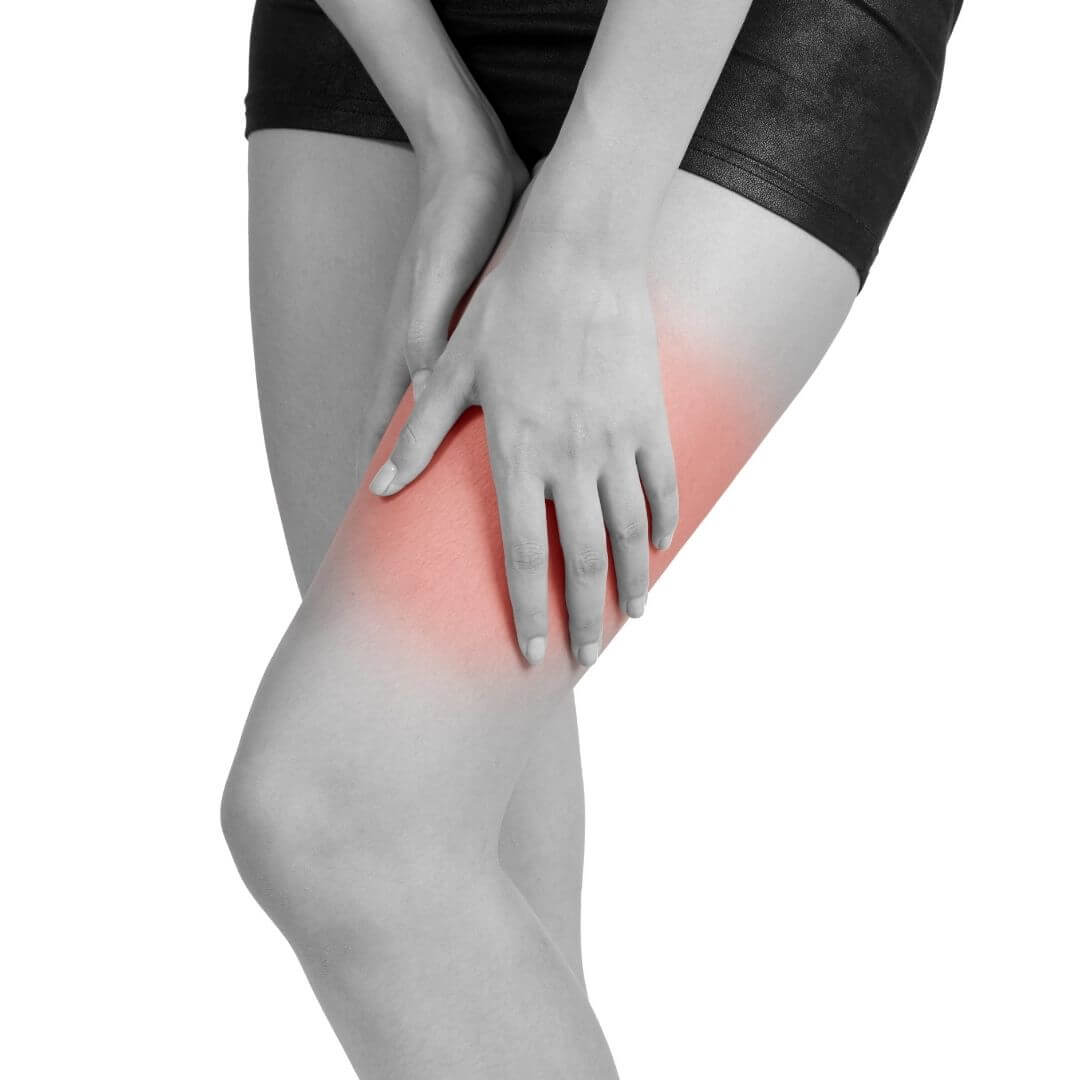
Jump to section
The iliotibial band (IT band) is a thick band of fibrous tissue that runs down the outside of your thigh, connecting your hip to your knee. This tissue is essential in stabilising your knee, preventing it from caving inwards during movement.
When the band is overused or overloaded, it results in a painful condition known as iliotibial band syndrome (ITB syndrome).
ITB syndrome is an overuse injury, occurring when the band repetitively rubs over the femoral epicondyle (the bone you can feel on the outside of your knee) as the knee bends and straightens. If your IT band is too tight, then this repetitive action can create friction, causing it to become irritated and inflamed. This results in a nagging pain on the outside of your knee.
It mostly occurs in the sports of; running, cycling, rowing, football, soccer, hockey and netball. Basically in people who participate in sports/exercise which require the knee to bend repetitively and constantly.
This injury may be caused by one or a combination of issues. For example:
The most common symptom of ITB Syndrome is pain at the outside of your knee. It is usually brought on by inflammation from exercise or physical activity.
Specific signs that you may have developed this injury include:
If you're experiencing pain in another area of the knee, then one of these other conditions may the reason for your knee pain.
The signs and symptoms of ITB syndrome closely resemble those of tendonitis
(inflammation of a tendon), so it's important that our podiatrists in Brisbane are able to correctly diagnose your condition.
To diagnose ITB syndrome, we would take into account your presenting signs and symptoms, before completing a physical assessment of the lower limbs and further specialised assessments. Diagnostic imaging may be required to rule out if any secondary bursitis has occurred.
The first course of action when treating ITB syndrome is to reduce your acute pain and inflammation. Once your pain has settled, we would then focus on repairing the damaged IT band by improving strength, mobility and flexibility.
We do this by using a combination of the below treatments, based on what your injury requires.
Below, we have outlined a few things you can try at home to help settle down those niggling symptoms. However, we recommend consulting with our podiatrists to get an accurate diagnosis and personalised treatment plan to ensure they are going to be effective for you.
Strengthening exercise focusing on hip muscle groups
Modified wall sit
Gluteal Bridges
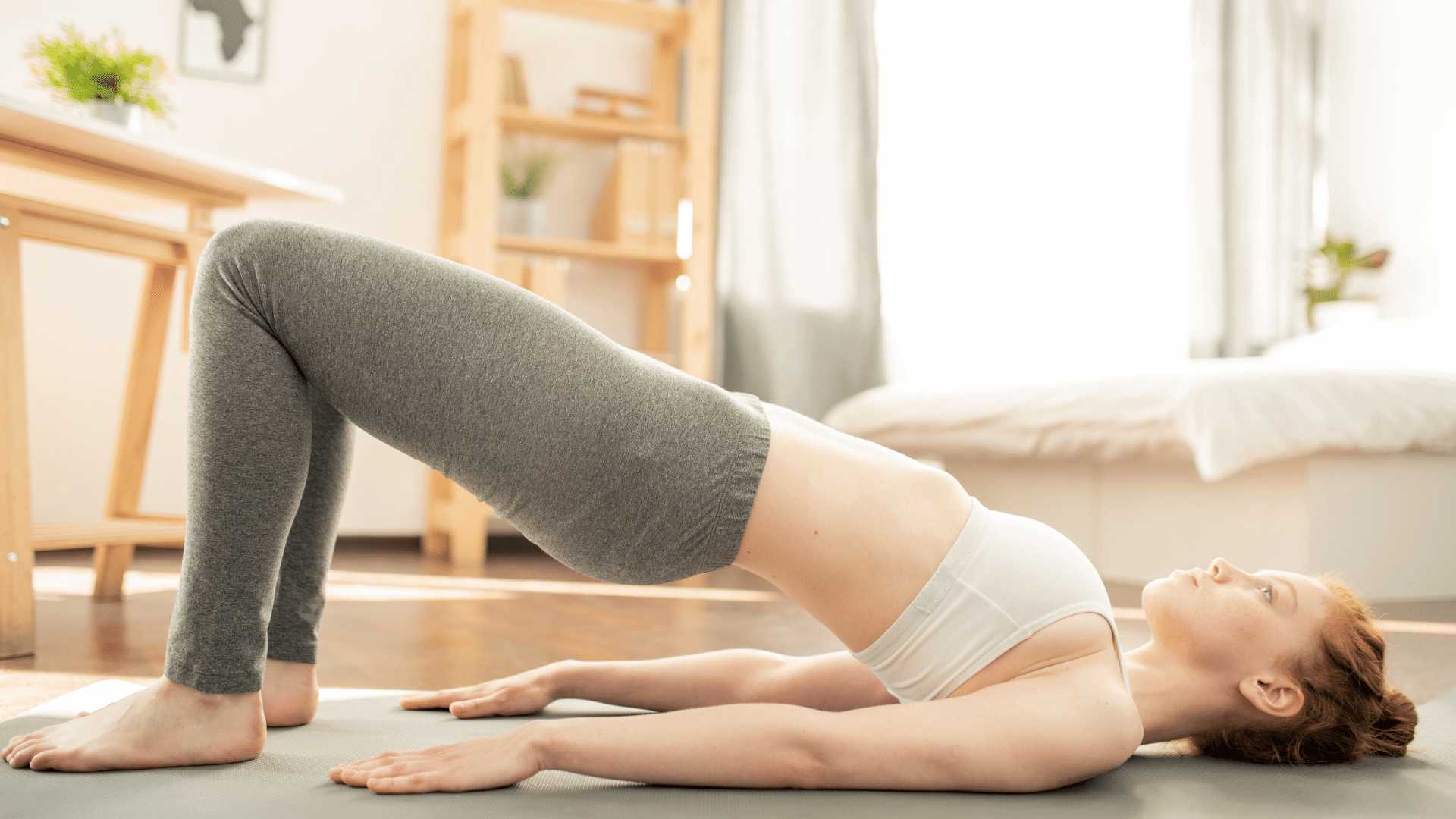
Foam Rolling to release tight soft tissue structures
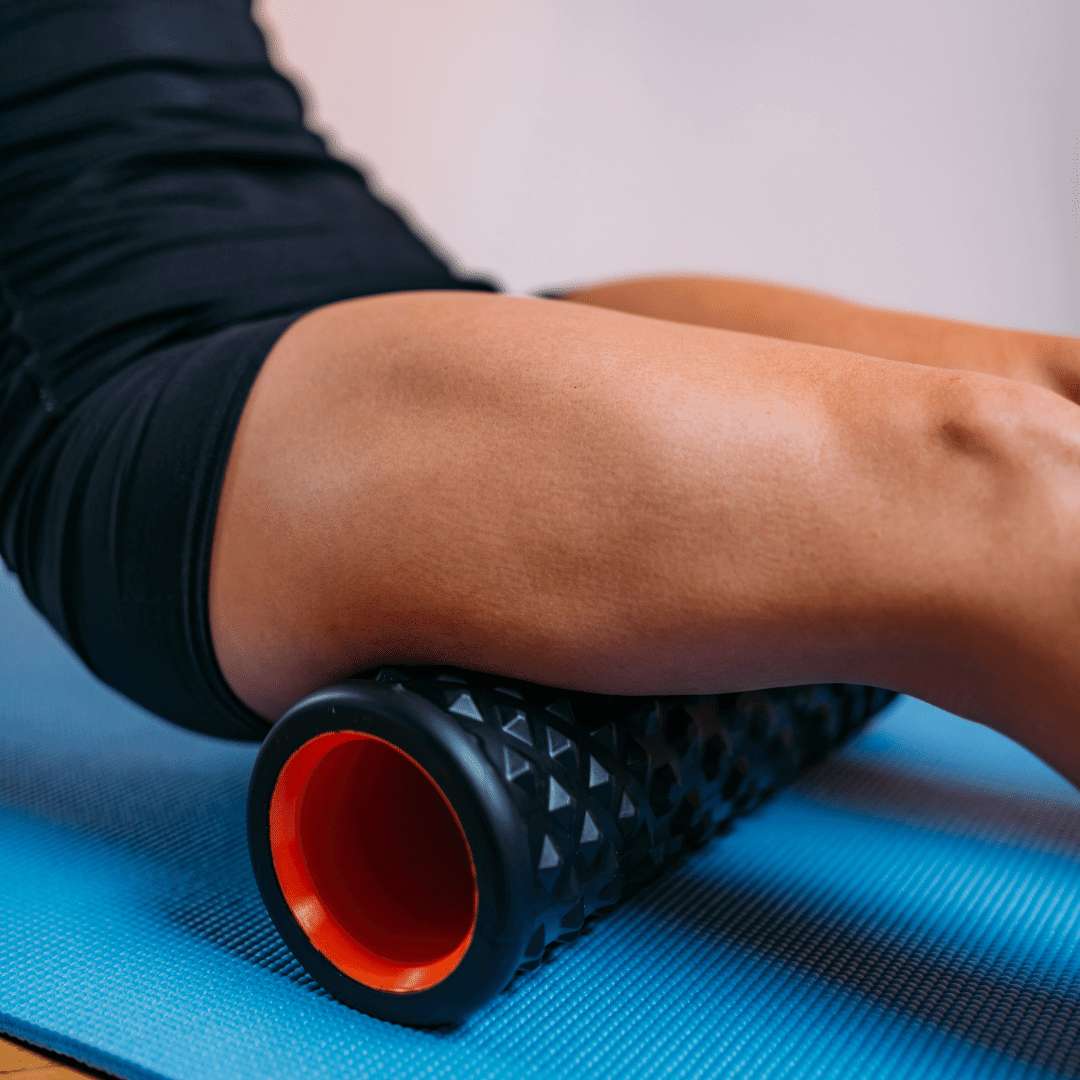
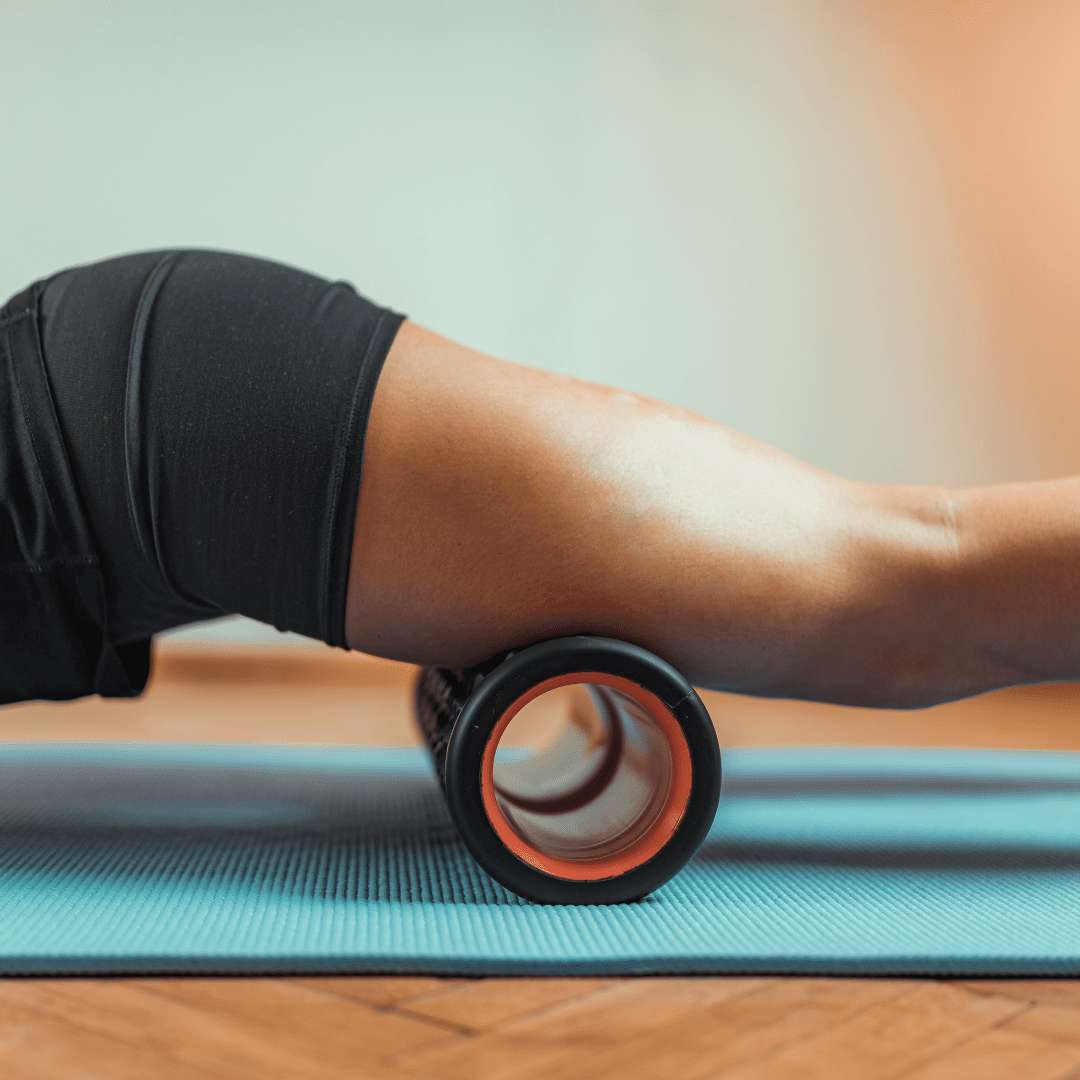
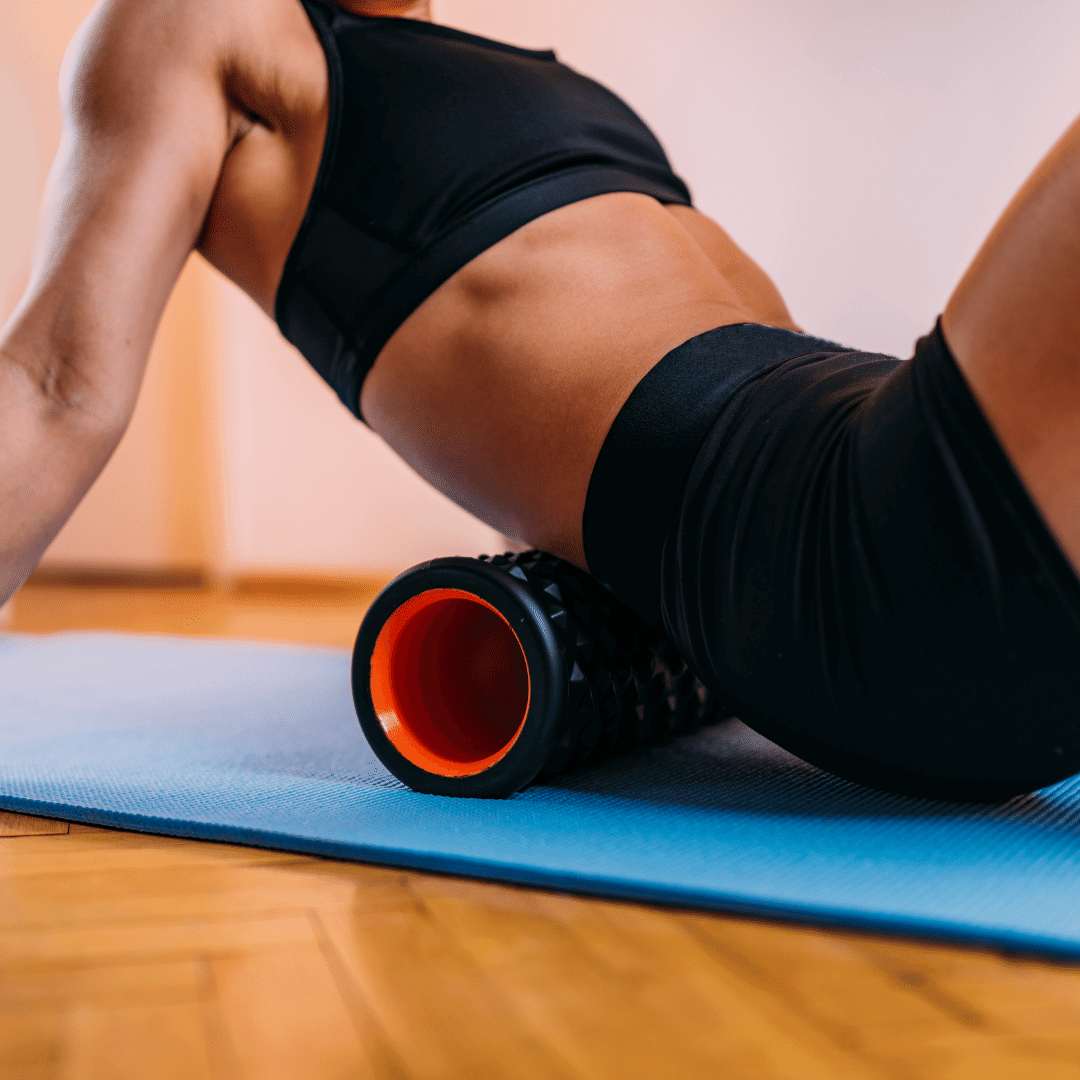
Unfortunately this is not an injury you can ignore and run through the pain. If you continue to exercise without making any changes to your routine or equipment, the pain and injury will continue to get worse until you can no longer run or train. The longer you leave it untreated the longer the recovery period.
There are a number of approaches you can take to prevent ITB syndrome.
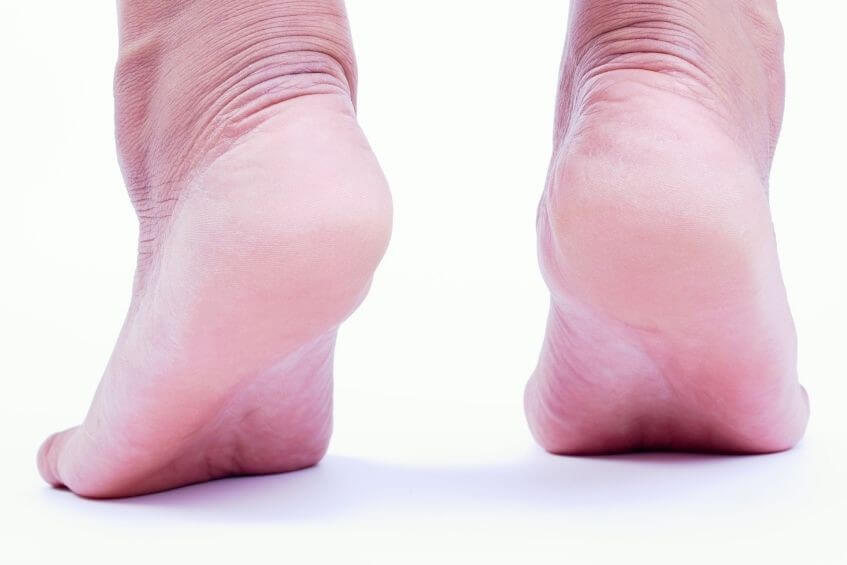
Our feet are the foundation for the entire body, so it's important that they have enough strength to tolerate our activity levels. Use
these three exercises to help strengthen your feet.

Not everyone needs orthotics, but they can play an integral role in treating or relieving pain in several foot and lower limb conditions.
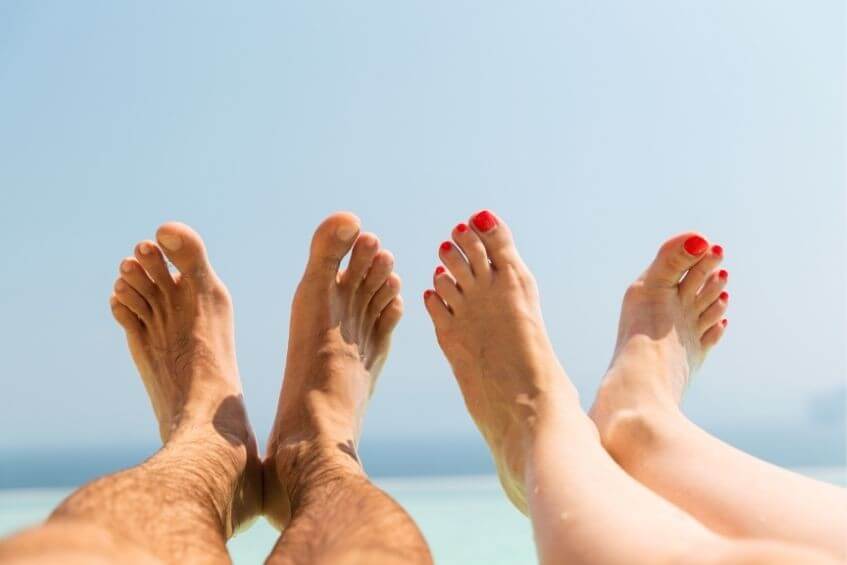
The heat and humidity of an Australian summer makes it a prime time for issues to arise, so our newest podiatrist Lucy has put together
seven helpful tips to keep your feet healthy and problem free throughout summer.
| Monday | 7:40am - 6:00pm |
| Tuesday | 7:40am - 6:00pm |
| Wednesday | 7:40am - 6:00pm |
| Thursday |
7:40am - 6:00pm |
| Friday | TEMP CLOSED |
| Saturday | CLOSED |
| Sunday | CLOSED |
Ground Floor, 344 Queen Street,
Brisbane City QLD 4000
| Monday | 7:40am - 6:00pm |
| Tuesday | 7:40am - 6:00pm |
| Wednesday | 7:40am - 6:00pm |
| Thursday |
7:40am - 6:30pm |
| Friday | 7:40am - 5:00pm |
| Saturday | 7:40am - 4:30pm |
| Sunday | CLOSED |
Newmarket Village, 114/400 Newmarket Rd, Newmarket QLD 4051